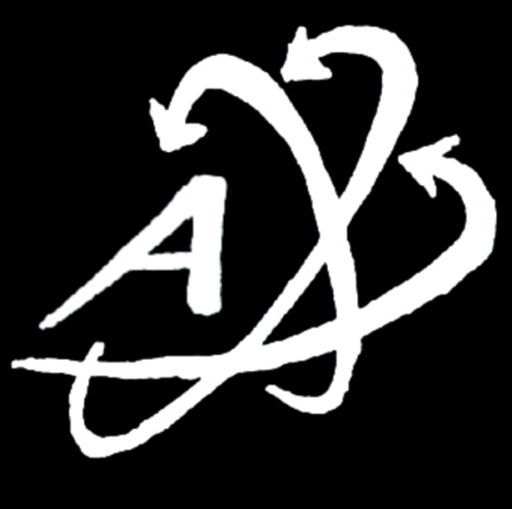Description
Class Struggle and the Adamic Imagination in Herman
Melville
In Europe, after 1848, bourgeois consciousness in
revolt sought a new universal in the working class but
soon found itself in the orbit of the state civil
service; in America, bourgeois consciousness in revolt
found a new universal in what Melville called
“antemosaic” reality, Queequeg, embodied in the
multiracial working class, the “Anacharsis Cloots
deputation,” in radical antithesis to the state.
Herman Melville (1818–1891) came to this perspective
in the feverish production of six novels of the sea,
culminating in Moby Dick, in the 1846–1851 period. As
the whaling ship Pequod was destroyed by Moby Dick,
the Indian harpooner Tashtego nailed a red flag to the
mast, also catching the wing of a sky-hawk, with its
“imperial beak.” Thus Melville connects the red man
with the red flag, pulling down the imperial eagle,
but more in what Marx called the “mutual destruction
of the contending classes” than the triumph of
proletarian revolution. In Moby Dick, Melville places
the “antemosaic” cosmic men—Queequeg, Tashtego, and
Daggoo—at the head of the working class, and, in Billy
Budd, such a figure re-emerges as the “Handsome
Sailor,” “a common sailor so intensely black that he
must needs have been a native African of the
unadulterate blood of Ham.” Melville is Miltonian, and
Blakean; his Adamic figures combat the world of
radical evil, and do not, like the wide-eyed
Transcendentalists Melville lacerates, inhabit a
benevolent nature, a “prejudice of the more temperate
climes,” as he put it. But when Melville treats race
and class, his framework is not merely modern
capitalist society. Melville’s cosmic men come out of
a Biblical eschatology and revolt against the cosmic
kings of the same eschatology, above all Charlemagne.
Melville was a grand bourgeois, with aristocratic
overtones, whose life path abruptly turned downward at
13 with the bankruptcy, madness, and death of his
father in 1831. Poverty obliged Melville to go to work
as a seaman, in his late teens. He thus experienced,
more than any other writer of the “American
Renaissance,” the shattering of the old bourgeois
personae in the new capitalist conditions.
Melville, then, is a writer of dispossession. But his
dispossession is not merely personal or social or
artistic: it is epochal. Melville, all his life, was a
case of “exiled royalty.” His work repeatedly revisits
the death agony of his bankrupt, raving father. And
from the exaggerated cosmic kings and their symbols
(e.g., Charlemagne), as well as from their pitiful
devolution in the tinsel of the modern world, Melville
attempts to work his way through his crippled father
imago to the “state secret.” His dispossession moves
from family to class to politics to the cosmic and
back again.
The 1848–1850 conjuncture in the Atlantic world
witnessed the birth of communism (Marx), modern art
(Courbet, Flaubert), the end of classical political
economy, and the formulation of the entropy law, or
Second Law of Thermodynamics. Their simultaneity was
not accidental, and Melville’s work echoes each of
them. 1848, in Europe, had been the year of the
eruption of “the dangerous classes”; in America, it
marked the end of interclassist
Jeffersonian-Jacksonian populism, over the slavery
issue. The link between communism, modernism,
neoclassical economics and the Second Law of
Thermodynamics is the beginning of the “dissolution of
the object” in the “dream worlds” of a new mass
consumption.
This study attempts to situate Melville’s works in
this convergence.
About the Author
Loren Goldner is a writer and activist living in New
York City.


Reviews
There are no reviews yet.